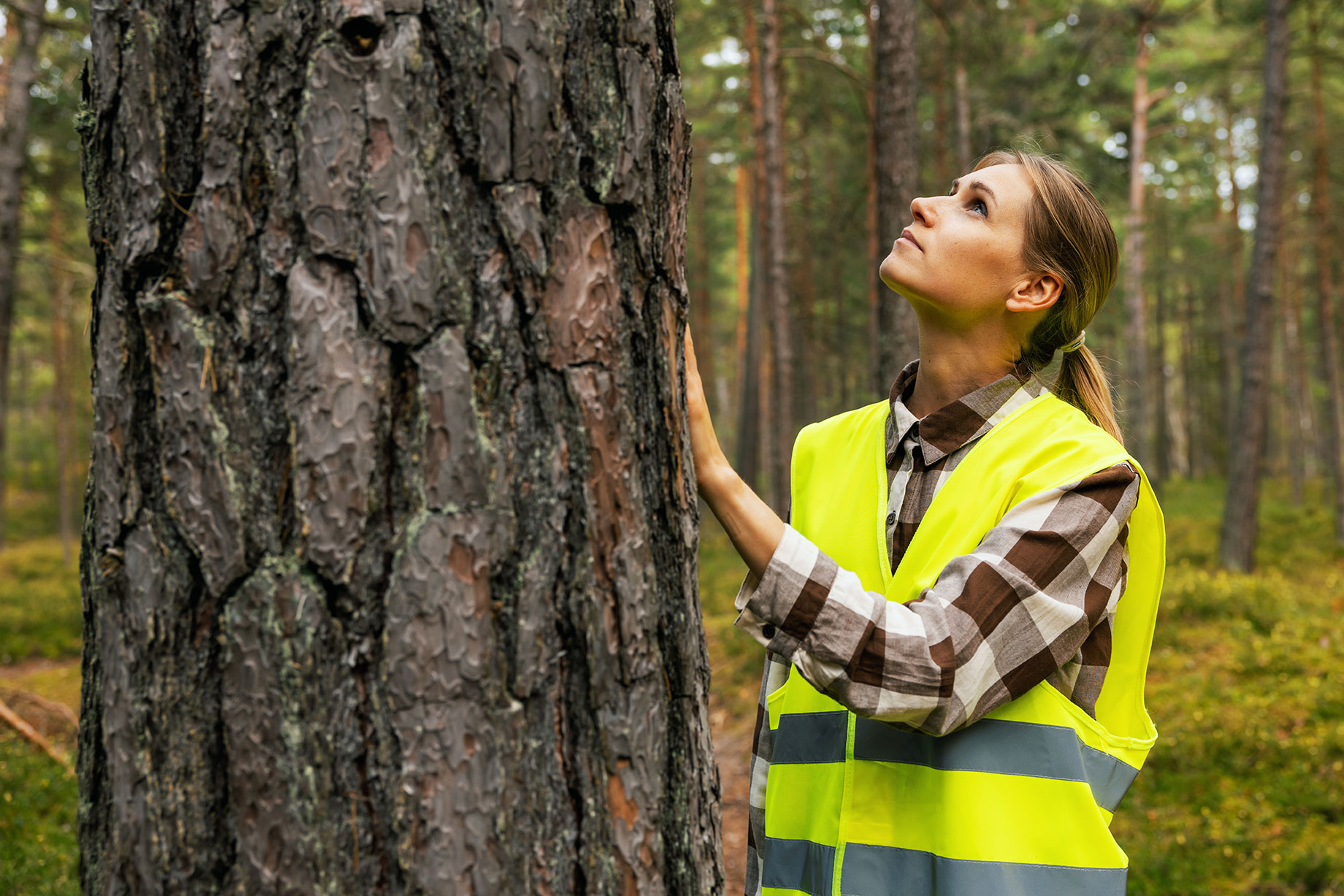
Forests play a critical role in maintaining biodiversity, regulating climate, and supporting local communities. In New South Wales (NSW), Australia, forest management has become a priority, ensuring that timber production, conservation, and recreation are all balanced effectively. At the heart of this balance lies sustainable forest management practice, which focuses on protecting ecosystems while meeting the needs of industries and communities that rely on forest resources.
What is Sustainable Forest Management?
Sustainable forest management practice refers to methods that maintain the health, diversity, and productivity of forests over the long term. It involves using resources responsibly so that future generations can also benefit from them. In NSW, this means integrating conservation with responsible harvesting and ensuring compliance with environmental laws and best practices.
Key Goals of NSW Forest Management
NSW forest policies aim to:
- Protect Biodiversity – Safeguarding native plants, animals, and habitats.
- Support Local Economies – Providing timber and forest products without overexploitation.
- Promote Recreation – Maintaining forests for tourism and public enjoyment.
- Ensure Climate Resilience – Helping forests absorb carbon and reduce the impacts of climate change.
- Maintain Cultural Values – Respecting Indigenous heritage and land management traditions.
Sustainable Practices in Action
1. Selective Logging
Instead of clear-cutting, foresters carefully remove specific trees, leaving the ecosystem largely intact. This method maintains canopy cover and reduces habitat disruption.
2. Replanting & Regeneration
Every harvested area undergoes replanting or natural regeneration to ensure forest continuity and healthy future growth.
3. Wildlife Protection Zones
Designated zones within state forests are reserved for protecting endangered species and sensitive ecosystems.
4. Controlled Burns
Planned burns reduce the risk of destructive wildfires while supporting the regeneration of certain native plants.
5. Water Catchment Management
Forests play a key role in clean water supply. Practices are in place to minimise erosion and protect rivers and streams.
The Role of Technology in Forest Management
Modern forest management in NSW increasingly relies on advanced technology to track and improve outcomes:
- Satellite Imaging & GIS Mapping – Monitoring forest cover and detecting illegal logging.
- Drones – Assessing forest health and replanting success.
- Data-Driven Decisions – Using ecological surveys and long-term studies to guide policies.
These tools help ensure that sustainable forest management practice is not only planned but also measurable and transparent
Community and Indigenous Involvement
Sustainable forestry in NSW also recognises the importance of community and Indigenous engagement. Many Indigenous groups bring thousands of years of land management knowledge, particularly with practices like controlled burns. Including their insights ensures that forests are managed in culturally respectful and ecologically effective ways.
Challenges Ahead
While NSW has made strong progress, challenges remain:
- Balancing Timber Demand and Conservation
- Managing Bushfire Risks
- Combating Climate Change Impacts
- Preventing Illegal Logging and Land Clearing
Addressing these challenges requires constant adaptation, innovation, and a firm commitment to sustainability.